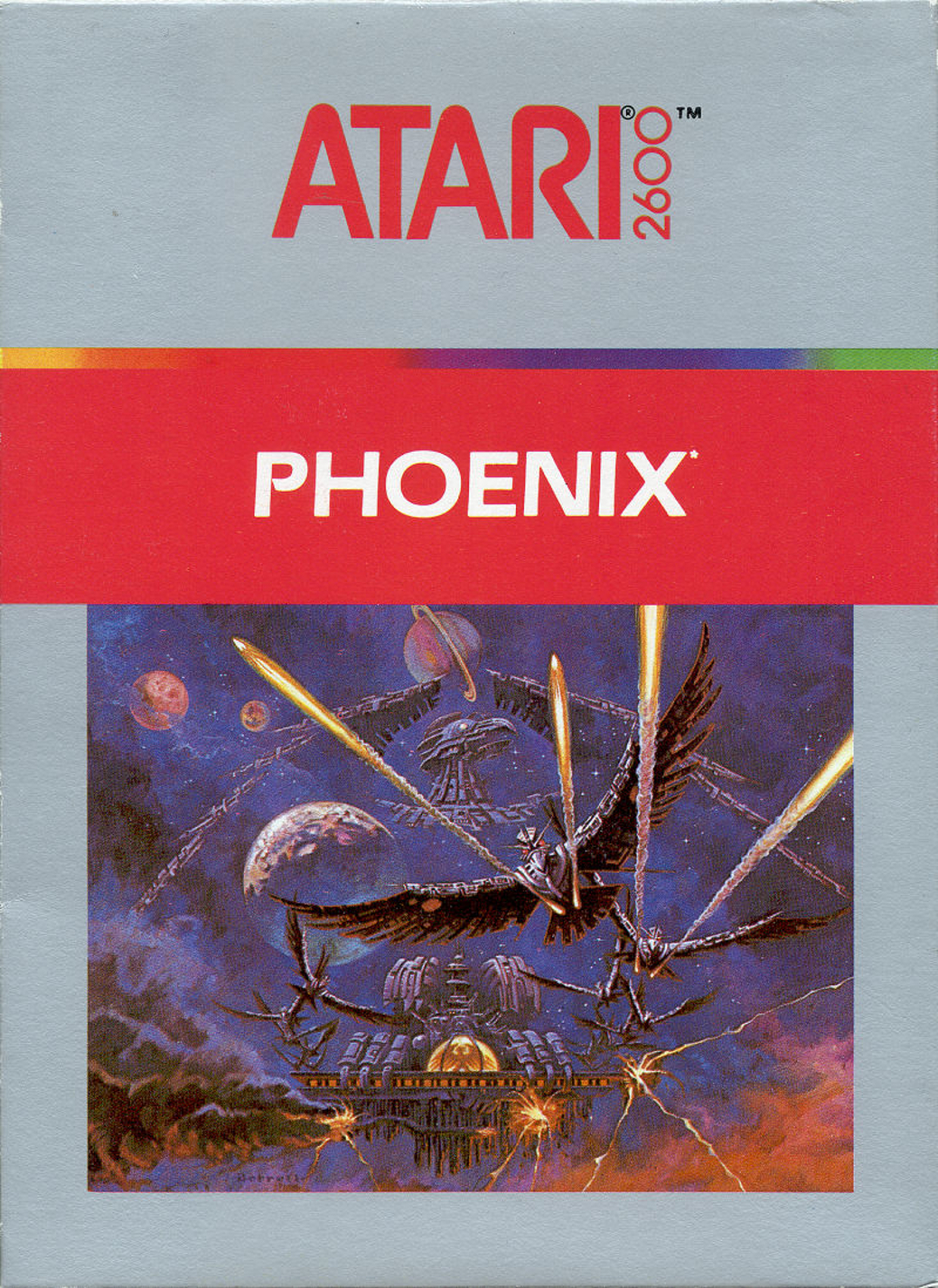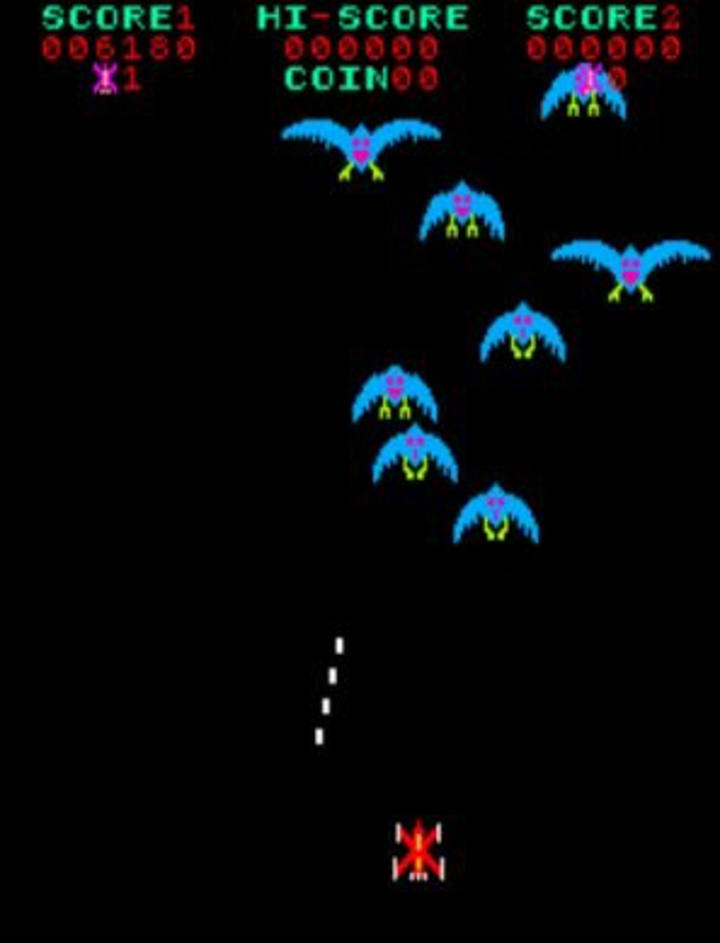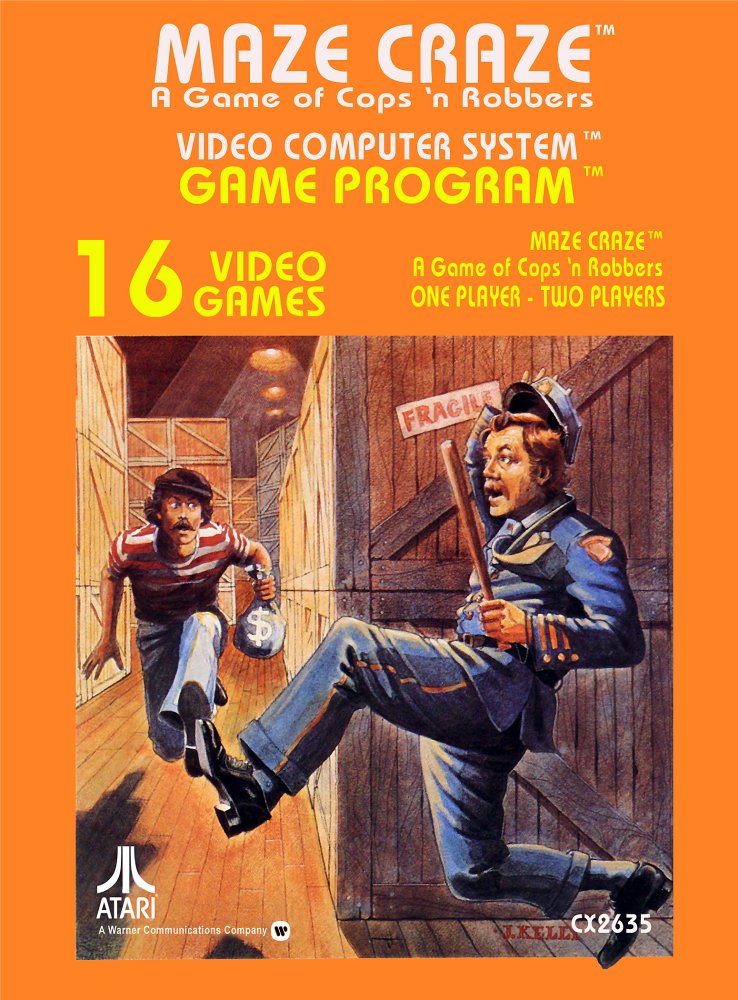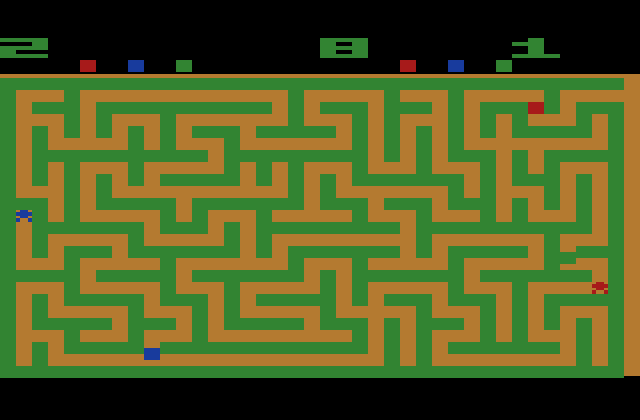Before I dive into blogging I think an introductory post would be ideal, just so you, the reader, can get a handle on where I’m coming from when I talk about games. I thought this would be cool to do as a post rather than just stick it in the about section.
My first gaming experience was Christmas 1995. My parents bought me a Super Nintendo that came bundled with Killer Instinct. I was only six at the time and having never played a video game before, I just mashed buttons. I remember my mom being distressed about how bloody it was and wanting to sell it, even up until middle school; I also remember my uncle coming over and playing against me. I played a lot of games on the SNES and remember going to Blockbuster all the time and renting games, even searching years afterwards trying to buy the games I used to play. When I think of playing the SNES back then, these are the games I remember: Donkey Kong Country 2: Diddy’s Kong Quest, Family Feud, Goof Troop, Killer Instinct, Kirby Super Star, Ms. Pac-Man, NBA HangTime, Space Invaders, Super Star Wars, Tetris 2 and Top Gear.
My next system was the Game Boy Pocket which I received for my birthday in 1996 of 1997. All I had for it was Black Bass Lure Fishing and I really loved the game, it probably fueled my interest in fishing. It was my only game… until Pokemon Red and Blue came out. They were all the rage at school; the games, the cards, the TV show; I had to get a copy. Around this time I also bought a Game Boy Color, which I think I bought them both in the same trip, so this must’ve been late 1998 or early 1999. Pokemon games were really the only video games I cared about at the time and it was really all I had a Game Boy for. All the Pokemon I played shaped my interest and love for RPGs and I am still a Pokemaniac, though not as much as I used to be. Of course when Gold and Silver came out I had to get one of those as well. Even now I only own seven Game Boy Color games and four of them are Pokemon games.
Moving onwards, my next system was a Nintendo 64. My parents got this for me during Christmas 1998 or 1999. I got Mario Kart 64 and Star Wars: Rogue Squadron with it as well. My sister and I played lots of Mario Kart 64 and I played lots of Rogue Squadron. During this time I still rented a lot of games from Blockbuster and I remember renting a few but I don’t remember them well. I remember my first experience with GoldenEye 007 at a cousin’s house and playing N64 games at another cousin’s house. I played soccer all the time at this point and that was my focus along with Pokemon games, but towards the end of the N64 I started to get more into games. The games I really remember playing during this period are: 1080 Snowboarding, GoldenEye 007, Mario Kart 64, Micro Machines 64 Turbo, Paper Mario, Pokemon Stadium and Star Wars: Rogue Squadron.
I’m going to say the next system I got was the GameCube. My parents got it for me for Christmas 2001 along with Star Wars Rogue Squadron II: Rogue Leader. I loved Rogue Leader and was amazed by the graphics but didn’t know what a memory card was so I had to buy one a week or two later. The next game I got was Sonic Adventure 2: Battle and it’s one of my favorites on the system. Early on during this period was when I stopped renting games, I did rent a few for the GameCube but that was it. I also bought a Game Boy Advance in 2002 for Golden Sun and is just strengthened my burgeoning interest in video games. During this console cycle is when I became “hardcore” into games. I started reading gaming magazines often and browsing the internet. I’d have to say the GameCube is one of my favorite systems mostly because it’s the system I started to care about games on.
I won’t delve any deeper as this is already pretty long and it just gets more convoluted from here on out. I will mention I started to get into retro games around the GameCube era as I purchased an NES and Intellivision from garage sales as well as bought a PS2 and many other retro systems; this is really the period when I started to become a collector and an avid gamer.
Like this:
Like Loading...


![Phoenix [Atari 2600] – Review](https://mybrainongames.files.wordpress.com/2016/01/phoenix.jpg?w=672&h=372&crop=1)












